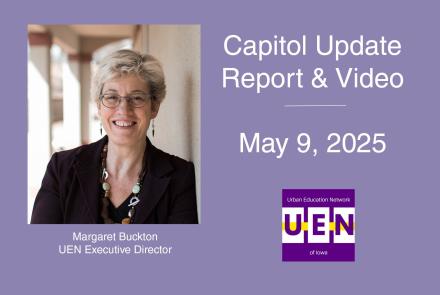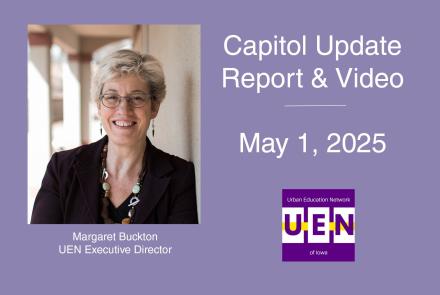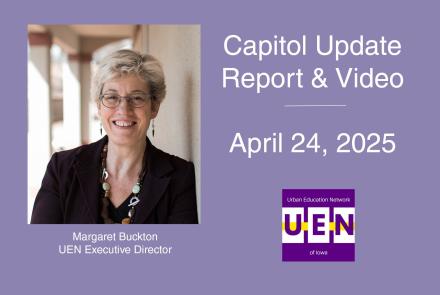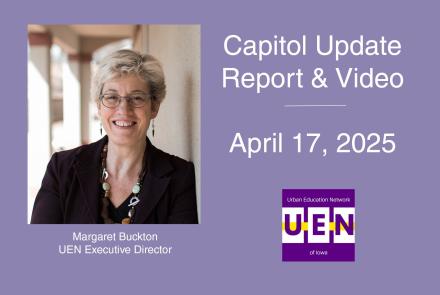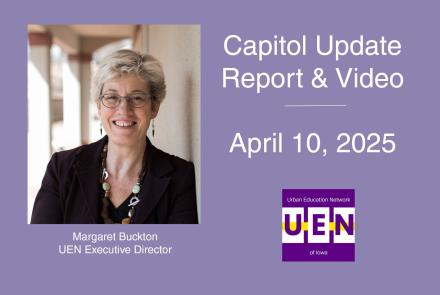Explaining Education Funding - 2/19/2020
Explaining Education Funding Feb. 19, 2020: References to specific education funding metrics stated by the Governor, legislators and in the media over the last several years regarding education funding and the priority of education in the state budget are circulating. As the House and Senate consider the FY 2021 percent increase in SSA, here is some context. State investment in education, known as state foundation aid, has increased $843 million from FY 2011-FY 2020. This number is often stated as a 34% increase (over 9 years). Although these numbers are factually correct, consider the following:
- The State’s share of education funding is an increase of 34% over 9 years; the increase in the state cost per pupil, which is the driver of school budgets and classroom resources, from $5,883 per student in FY 2011 to $6,880 in FY 2020, is an increase of $997, or 16.9%, over that nine-year period.
- $107.7 million of the state investment is the combined annual increase in state aid that offsets property taxes. To school budgets, this is a shift in funding from local to state aid, not an increase in funding for school classrooms. Such examples include making up for commercial and industrial property tax valuation changes since 2015 and the property tax replacement payment. All of these represent property tax relief, not new resources for the classroom. Other actions, such as increasing the weighting for ELL students otherwise funding locally, are not included this amount.
- $80.8 million is the state cost of 13,425 additional K-12 public school students statewide (8 consecutive years of enrollment growth). This is a 2.8% increase in enrollment. These students require additional teachers, textbooks, computers and supports. This funding does not help keep the lights on or compensate staff already in classrooms. Some of these may be special education or ELL weighted students, but this amount is for regular education only. Note: some have cited an 11% increase in the number of teachers over that time – see the next bullet, that Teacher Leadership and Compensation required 25% of teacher to have leadership roles, many outside of the classroom. Given the enrollment increase and the expansion of teacher leadership, the 11% increase in teachers is lower than what school leaders would say is necessary to serve students.
- $163 million is Teacher Leadership, which is a wonderful program with great potential to improve teaching and student outcomes, but these funds are restricted and not available for lowering class size or purchasing technology, textbooks, keeping the lights on or paying for inflationary increases in staffing costs, etc. Teacher Leadership is an investment in a specific staff type to improve instruction, but should not be confused with additional resources. Local districts are required to have 25% of their teachers in leadership roles. Most of this funding goes to pay teacher leaders for additional contract days and the leadership responsibility they now possess.
- $19 million is a new transportation equity program, so valuable to about 1/3 of the school districts in Iowa. Rural schools are very appreciative of this new program, which is included in the formula, however, very few urban school districts have benefited from this funding.
- Net of $473 million new education funds to schools since 2011; this works out to $53 million annually, 19.4% over the nine-year period, or an average net increase of 2.1% per year at a time when school costs naturally grow closer to 3%. Because the funding formula is pupil driven, for those districts experiencing declining enrollment, the funding growth is even less and for many districts, is a net reduction in funding.
- Another way to think about this, if you divide the $473 million by 9 years and by the PK-12 enrollment of 514,824, it works out to $102 per student per year. Then divide by 180 instructional days and it equates to 57 cents per student per day. Although $843 million is a lot of money, when it boils down to the student, 57 cents a day may be easier for parents, staff and policy makers to understand in context.
- $39 million in other cuts outside the formula are not included above; $14 million cut to Instructional Support, $15 million cut to AEAs, elimination of $4.5 million for Teacher Mentoring and Induction, and another $5 million in combined smaller cuts (e.g., $500,000 to eliminate Iowa Learning Online). This $39 million does not include the $10 million in high needs schools grants that was appropriated twice in out years, but never funded. All of these resulted in reduced resources for funding student needs.
- There were some new appropriations that are still in the education appropriations subcommittee not included in this total, such as the state assessment, $3.0 million, $2.1 million for Mental Health training, and other smaller line-items) are not included in the $843 million. All of these resulted in increased resources for schools, although not resources that support the regular education program/classroom.
Printable Version of Explaining Education Funding 02/19/2020
- Log in to post comments



